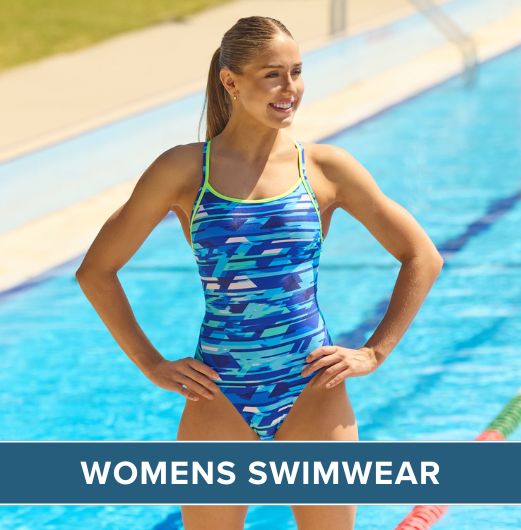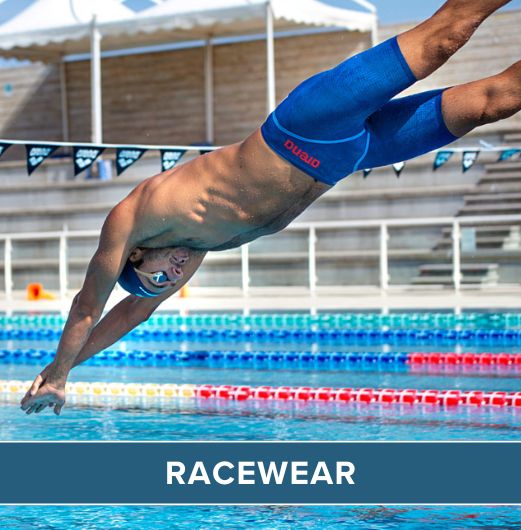Swim caps; they are one of the core must-haves for every swimmer. Many people think that they're just for competitive swimming, but we're here to tell you that swim caps should be worn whether you're racing to hit the finish line first or you're just taking a dip for fun and fitness! But why are they so important you may ask? Here's why you should be popping one on every time you take the plunge...
Protection
Swim caps do an amazing job at protecting your hair from pool chemicals. They don’t keep your hair completely dry but they limit the exposure that your hair has with pool chemicals such as chlorine, helping to keep your hair healthier. Especially if you're a regular swimmer.The Perfect Pair
Just like Ant and Dec, Thelma and Louise, and Gordon the Gopher and Philip Schofield, the swim cap has a perfect partner….the swim goggle. Swim caps prevent goggles from pulling on your hair and also help with position of the goggles straps. Many goggles now are designed to work perfectly with caps, making the goggle more comfortable to wear and also help with the overall performance of both the goggle and cap.
Streamline
Due to swim caps and goggles teaming up, they now work perfectly to reduce drag in the water making you more streamline. This is why competitive swimmers wear them, but this can also help with your day-to-day swimming. Swim caps also reduce drag if you have longer hair. By using the swim cap to tuck away your long hair you are of course protecting your hair from pool chemicals but also reducing your drag as your hair is kept out of the way.
Materials
Made from a variety of materials, swim caps are commonly made from silicone, latex and spandex. Other materials used are rubber, neoprene and polyurethane. Depending on the material, swim caps can have different properties, a few of which are explained below...
Silicone Caps – One of the most common materials in swim caps, silicone is extremely durable. It's popular among professional swimmers as it's long-lasting and is less prone to pulling hair when removed.
Latex Caps – A thinner material than silicone, latex is less durable and has to be taken care of properly to last. Latex caps are however lighter and more breathable, making them more suitable for warm climates where overheating may be a factor. Latex caps are also cheaper than other types of swim caps.
Rubber Caps – Made from the same material as latex caps, rubber caps are thicker and less stretchy than the latex variety. They are similar to latex caps in that they are inexpensive and lightweight, but should be avoided for those with a latex allergy. As the cap is thicker it retains more heat and is more suited for swimming in cold conditions.
Spandex Caps – The synthetic fibre also known as elastane. Spandex caps are very durable when cared for correctly. As they are made of fibre, spandex caps are soft and don't tend to pull hair when removed. Spandex is permeable and so allows water through the material, which isn't ideal but they are better than wearing no cap at all. Spandex caps are primarily used for practice and sun protection while swimming.
Neoprene Caps – A synthetic rubber, neoprene caps are insulating and thus are perfect for those swimming in cold pools or natural bodies of water such as lakes and the ocean. Neoprene caps don't reduce drag and are only really suited for open-water swimmers
Did we miss anything? What swim cap do you wear?
 Free Tracked UK Delivery
Free Tracked UK Delivery Hassle Free Returns
Hassle Free Returns Next Working Day OPTION
Next Working Day OPTION Found It Cheaper?
Found It Cheaper?













